Having a very, very long Wordle streak is a blessing and a curse. On the one hand, it grants me immense bragging rights over those mere mortals with their streaks in the hundreds. On the other, it turns every game into a must-win ordeal. After all, what would I be without my Wordle streak? A so-called ‘expert’ with no credentials, that’s what. I’d be laughed out of town.
I joke, of course, but having gone 1,046 games without a loss I would rather not give up my streak all the same. I nearly had to today, though, because game #1,244 (Thursday, 14 November) nearly sent me back to ground zero.
I’m pretty sure I won’t be the only one, though – because today’s Wordle answer is undoubtedly a very difficult one. And it’s all the fault of the New York Times’ puzzle setters.
To explain why, I’ll need to reveal the solution, so don’t read past this point if you haven’t played yet, because SPOILERS FOR TODAY’S WORDLE, GAME #1,244, ON THURSDAY, 14 NOVEMBER 2024 will follow. You have been warned.
Wordle hall of shame
Let’s start with a question: what’s the hardest Wordle ever? Is it CAULK, one of the first games to upset thousands of avid Wordlers soon after the game’s meteoric rise to prominence? Or maybe BORAX, a word that many players outside of the United States had almost no knowledge of? Or JAZZY, with its repeated Zs and very-uncommon J at the start?
None of those, actually – the toughest ever is PARER, game #454 in September 2022. That’s based on the fact that it had an average score of 6.3, which to put it in context is half a guess more than its closest competitor, MUMMY (#491, 5.8).
Those average scores come from WordleBot, the in-game AI helper tool that analyzes your Wordle after you’ve played. As well as doing that, it records the average across everyone who plays, and in turn I note down those averages to keep a sort of league table. I have 956 of them listed now, giving me a pretty good idea of which Wordles people have found most difficult.
By that measure, today’s game is some way down the list of the hardest ever, with an average of 4.9. High, but not ridiculously so. However, that only tells half of the story.
Right, let’s get into the specifics now, which means revealing today’s answer. This is your last chance to go away and play if you haven’t done so yet.
**FINAL SPOILER ALERT**
Sorry, what?

Today’s answer is UVULA.
No, me neither.
I do sort of know what it means, actually. Or at least I knew before I played it that it was a real word, albeit a fairly obscure one with a very strange spelling. For the unaware, it’s the soft dangly bit between your tonsils at the back of your throat. I thought it was the ridge at the top of your mouth, maybe, but at least I was in the right area.
Others will not be so lucky. Twitter is already alight with people complaining that either they had no idea what it means or that it was just too obscure.
You have got to be kidding me Wordle 1,244 6/6⬜⬜🟨⬜⬜⬜🟨⬜⬜⬜🟨🟨⬜🟨⬜⬜⬜🟩🟨🟨🟨🟨🟩⬜⬜🟩🟩🟩🟩🟩November 13, 2024
Wordle 1.244 X/6⬜🟨⬜🟨⬜🟨🟨⬜⬜⬜⬜🟨🟨⬜⬜🟨⬜⬜⬜⬜⬜🟨⬜⬜🟩🟨🟨🟨⬜🟩How am I supposed to know THAT ???????? #nyt #wordleNovember 13, 2024
As well as its relative obscurity as a word, UVULA suffers from having an incredibly unusual format, with UVU at the start; that’s not found in any other answer. Plus, it contains two letter Us – and as I show in my analysis of every Wordle answer, that’s a very rare occurrence too, with only 10 games among the original 2,309 solutions having that format.
All of this added up to make it a very tough game. Its average of 4.9 puts it just outside of the top 20, but I think that’s misleading – people are probably solving it through brute force in the end, because there are no other words that have that format. With a word like PARER, in contrast, there are lots of alternatives and it’s therefore easy to keep guessing until you eventually fail. Here, you will ultimately reach a point where nothing else fits!
That’s what happened to me, anyway. I usually solve Wordle in about 10-20 minutes, sometimes 30-40 if it’s a difficult one and I’m playing carefully. Here, I must have stared at the board and played around with various letter combinations for two hours. That’s genuinely no exaggeration. My family thought I’d gone mad.
I nearly gave up – I was completely stumped. However, I have a daily column to write so kept going and eventually scored a five. My streak was genuinely in doubt, though – I could easily have wasted a couple of guesses on similarly obscure words that weren’t correct.
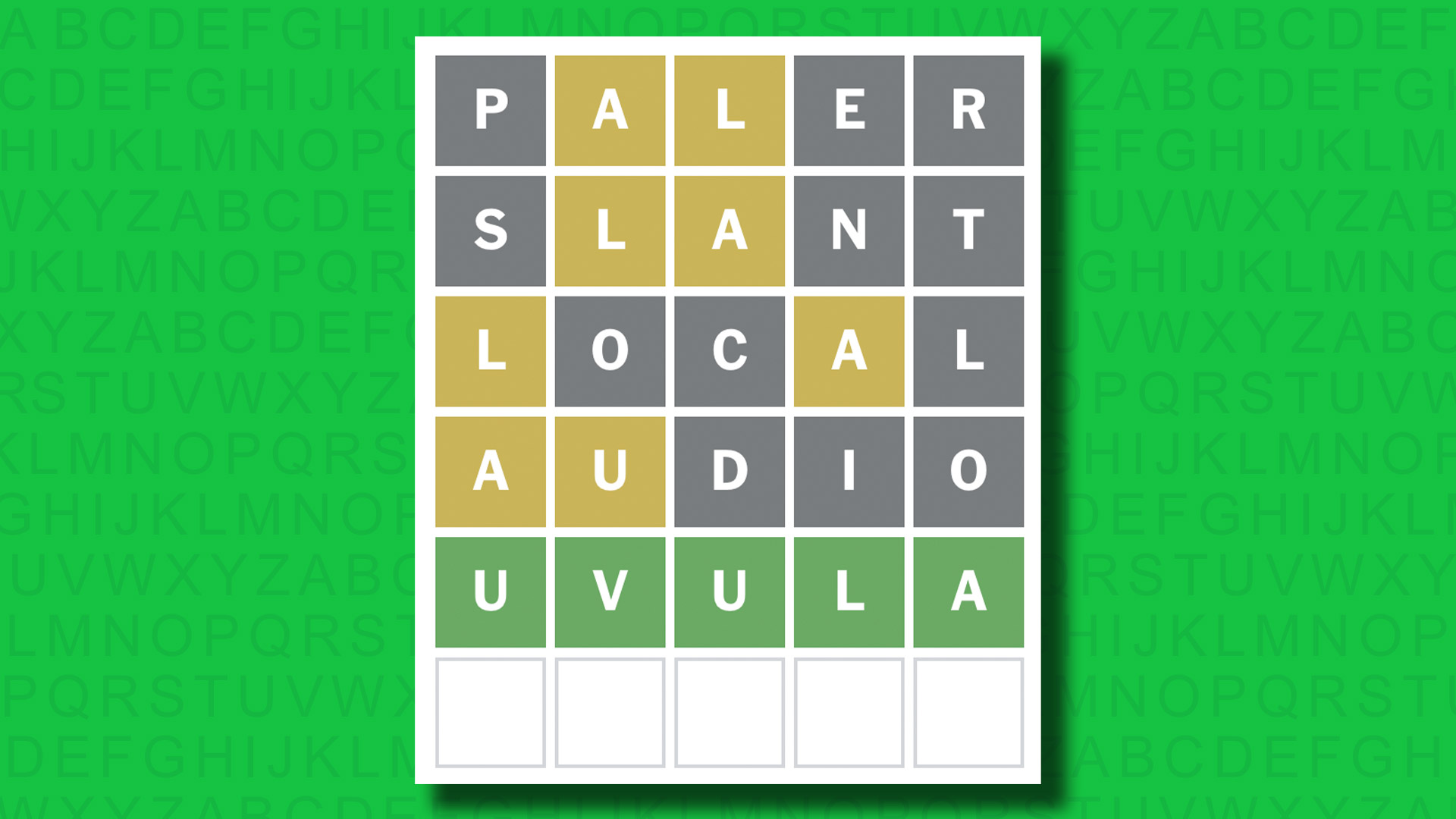
NYT blues
So why is this the NYT’s fault and not mine?
Well, it’s worth noting that this is – for the second day in a row – a non-canon Wordle answer. By that I mean that it was not among the 2,309 answers originally dreamed up by the game’s creator Josh Wardle and his partner, but has instead been added by the NYT.
Yesterday’s PRIMP (see below) was also one of these, and in total we’ve now had 10 of them: GUANO (game #646), SNAFU (#659), BALSA (#720), KAZOO (#730), LASER (#1038), PIOUS (#1054), BEAUT (#1186) and MOMMY (#1208).
Notice anything about those words? Yes – they include some of the toughest in recent memory.
I can easily work out the average for Wordle as a whole, and right now it stands at 3.964 across those 956 games that I have a score for. However, if you look at the average for those 10 games added by the NYT you’ll see that it’s a mighty 4.35. It’s official: the NYT is making Wordle harder!
There is a reason for this, of course – in that Josh Wardle used up most of the obvious answers. LASER (average: 3.3) and PIOUS (3.8) are the only two below 4.0, and are also the most common words among them, MOMMY aside. That last word is an outlier, meanwhile, because it contains three Ms, an incredibly unusual format (and it had an average of 5.0 as a result).
Elsewhere, KAZOO was a 5.1, PRIMP yesterday was 4.5, BALSA 4.4 and SNAFU 4.3, so it certainly appears as though the NYT’s editors are choosing tougher words when given the chance.
There’s nothing wrong with this, really – and I like a challenge as much as anyone. UVULA is a perfectly fair word, albeit an undeniably difficult one to solve in Wordle. But I wasn’t feeling anywhere near as charitable when I was sat staring at a seemingly impossible game, and I doubt you will be if you just lost your streak today, either.

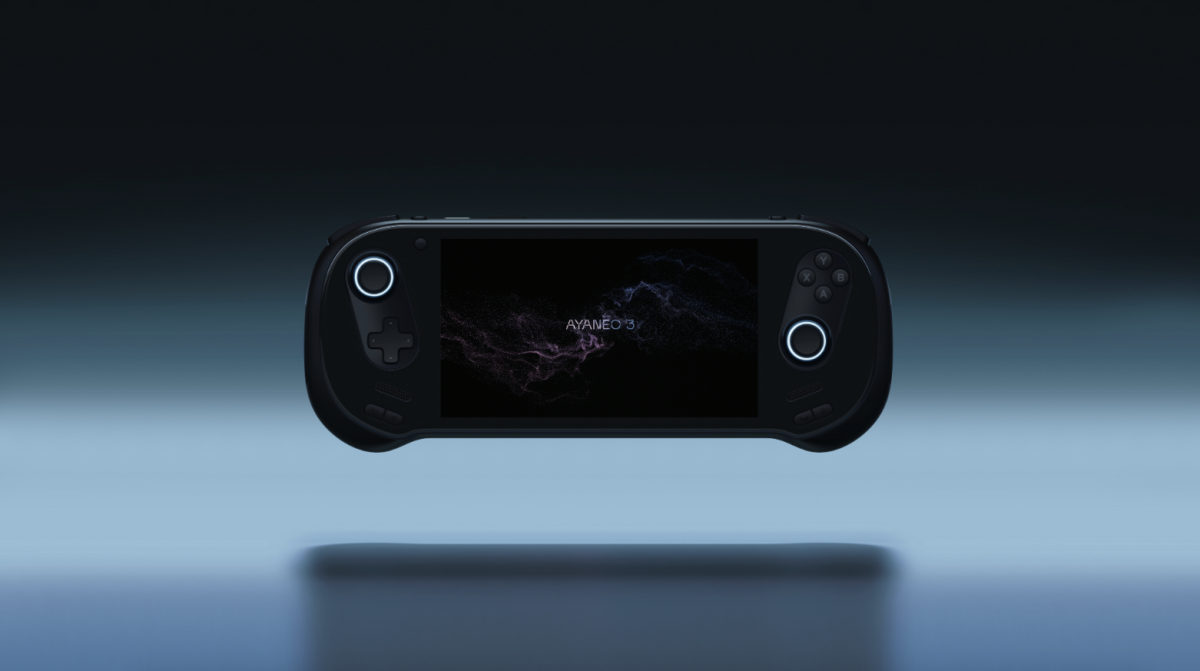
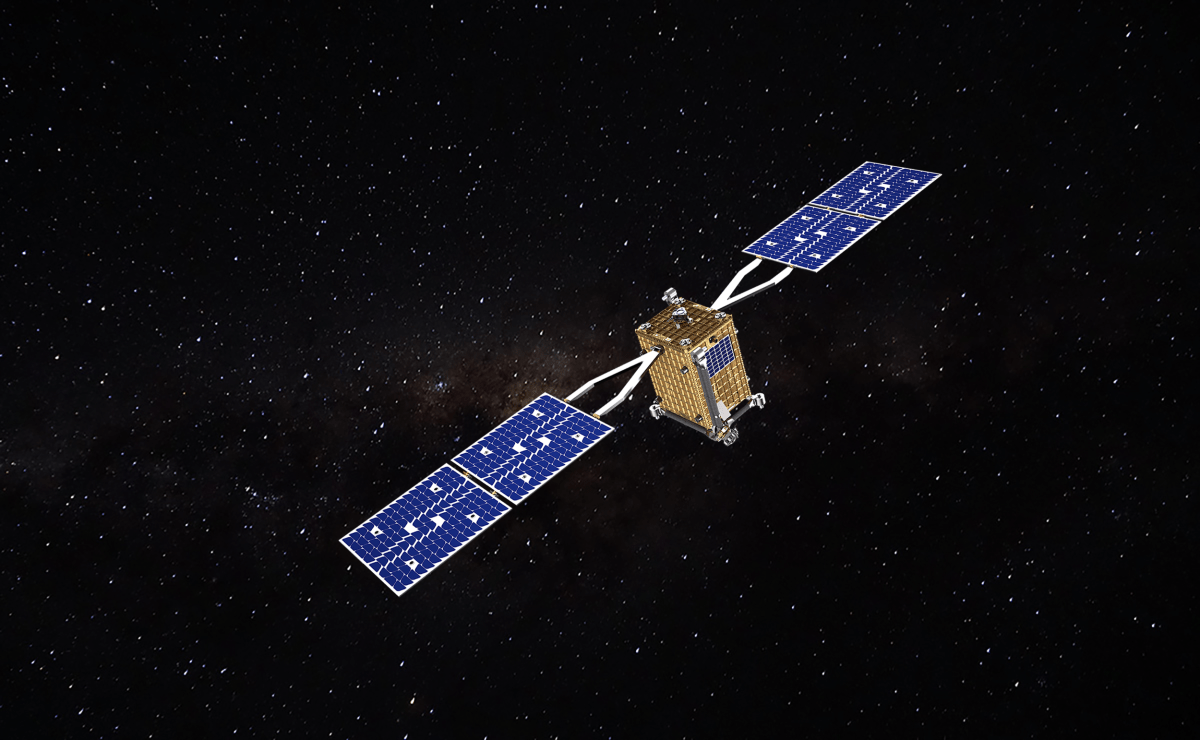


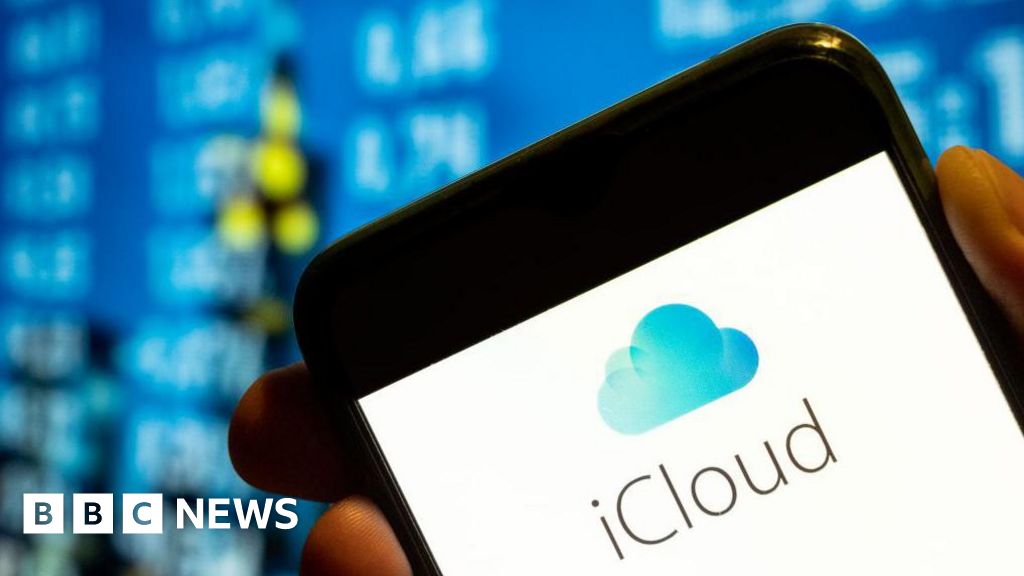


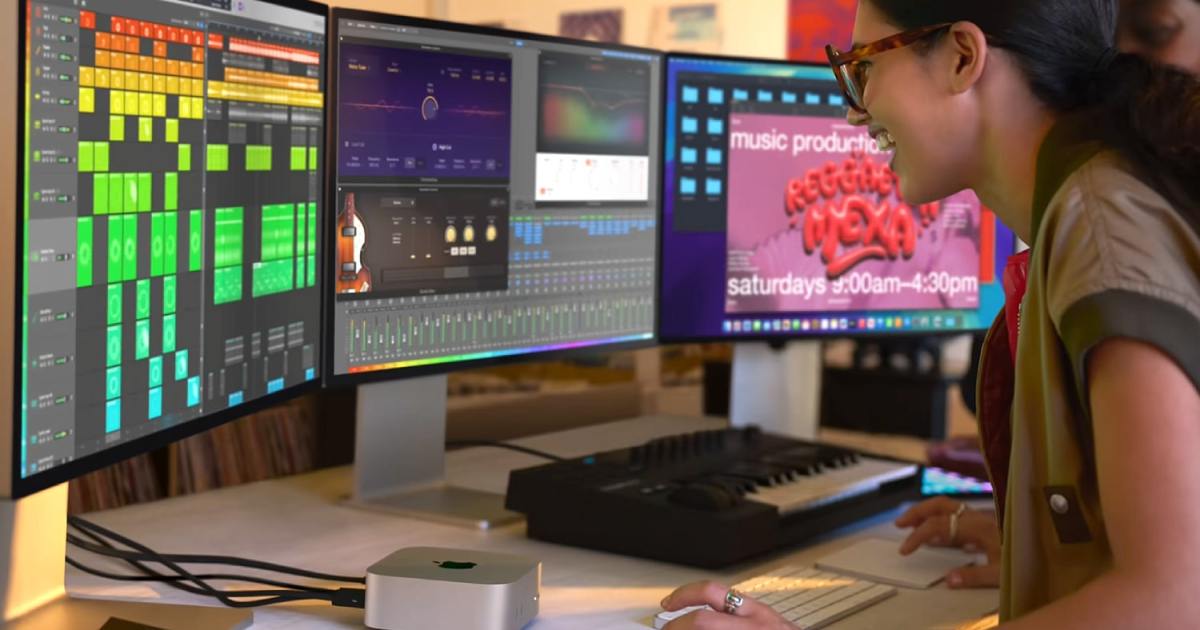

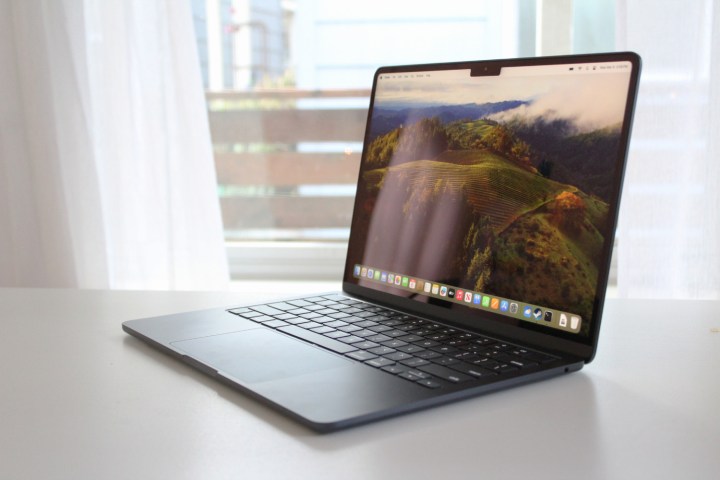



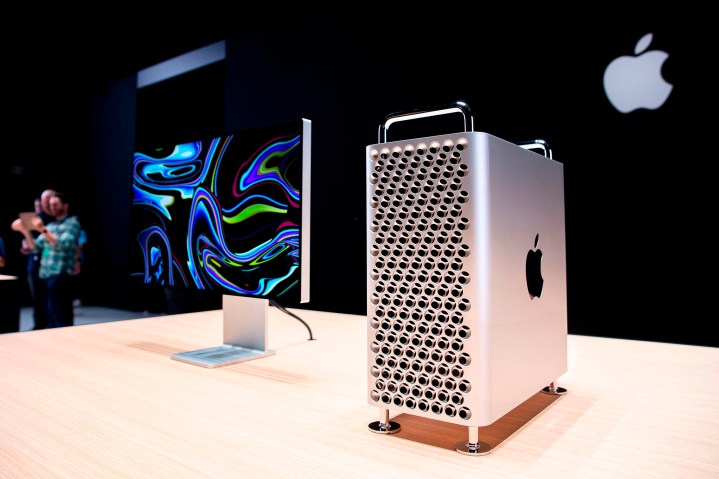




































































































































































You must be logged in to post a comment Login